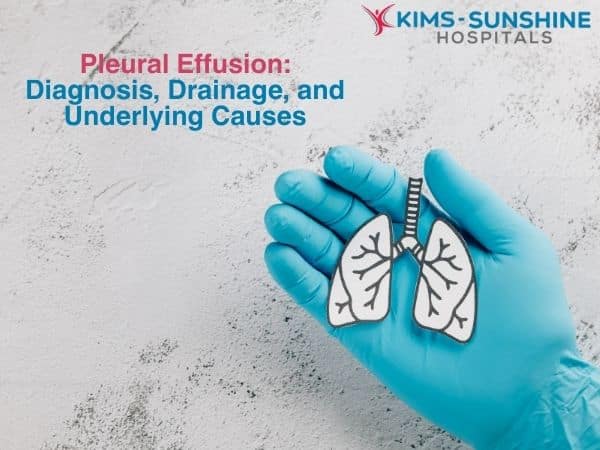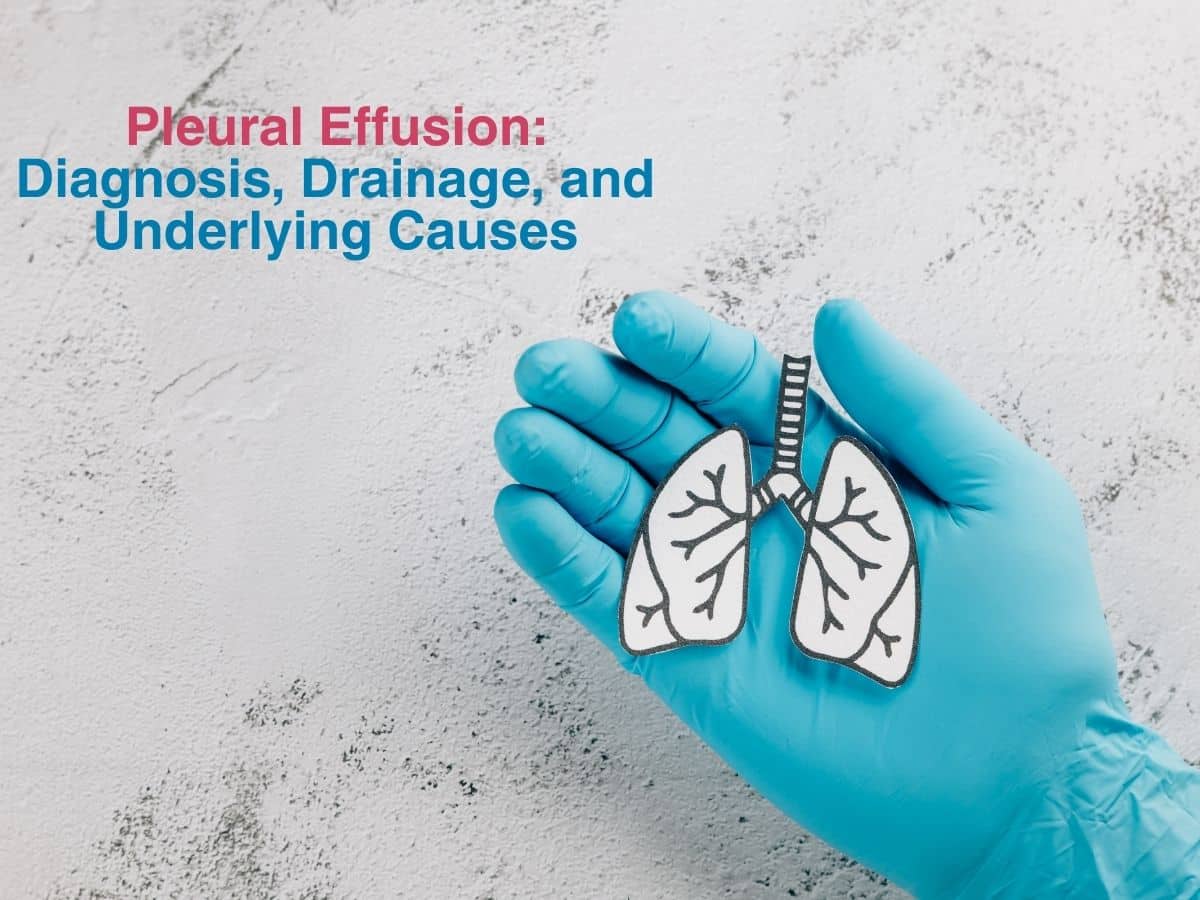
Pleural Effusion: Diagnosis, Drainage, and Underlying Causes
To feel short of breath is not just to be tired. It is to be nudged by something beneath, something unseen. The fluid, often symptomless at first, accumulates until the lungs no longer move with ease. This is not just a pulmonary issue. It is the body placing a small bowl of water at our feet and asking us to notice it.
Symptoms of Pleural Effusion in Adults
Common signals include:
- Shortness of breath, especially when lying flat or climbing stairs.
- Persistent dry cough, often unexplained.
- A sense of fullness or weight on one side of the chest.
- Fatigue, not sharp, but dragging.
- Sometimes, fever or chills, if infection has a hand in the process.
Breath becomes not just shallow, but self-conscious. You notice it. You feel it. You wait for the relief that doesn’t come.
Causes of Fluid Accumulation Around the Lungs
The lungs rarely do things without reason. Fluid does not gather there out of whim. There is always a sender behind the message, like
- Heart failure, where rising venous pressure sends fluid where it should not go.
- Cirrhosis, where a liver in decline loses its ability to keep fluid contained.
- Kidney disease, where the blood becomes too dilute, and vessels too leaky.
- Pneumonia, where infection irritates the pleura, and fluid follows inflammation.
- Cancer, especially of the lungs, breast, or lymph nodes, where fluid is summoned like an unwanted guest.
- Pulmonary embolism, where sudden disruption in blood flow leads to inflammation and leakage.
In some rare instances, we do not find the cause at once. This is called idiopathic effusion. But the body always keeps speaking, we simply need to keep listening.
How Is Pleural Effusion Diagnosed?
The diagnosis of pleural effusion begins long before any machine is switched on. A patient may not say, “I can’t breathe.” Instead, they might speak of fatigue that drapes itself over the day or a cough that’s more persistent than painful. It may also be a strange tightness they feel when they lay down on a flat surface. A doctor listens not just with ears, but also pays close attention to your medical history. Then comes the physical examination, where:
- The chest may sound muffled, as though breath is wrapped in cotton.
- Percussion may tap out a dull response, like knocking on wood soaked through.
Imaging comes next:
- Chest X-rays show silhouettes where there should be light.
- Ultrasound offers a more intimate view, tracing the contours of collected fluid like fingers following a streambed.
- CT scans, reserved for complexity, lift the veil further and reveal the shape of things we couldn’t name otherwise.
Then comes the softest but clearest of answers: thoracentesis. A sliver of fluid is withdrawn with precision. Its colour, consistency, and chemistry become a kind of language, telling us whether this is a transudate (fluid that slipped in, uninvited) or an exudate (fluid placed there on purpose, by inflammation, infection, or malignancy).
Pleural Effusion Drainage Procedure
When the effusion becomes large or the symptoms grow heavy, we help the body restore its architecture. Thoracentesis becomes more than a diagnostic tool, it helps provide much needed relief. The patient sits up, often leaning gently forward. The skin is numbed. An ultrasound wand hovers, guiding the doctor’s hands like a lighthouse in the fog. A thin needle slides between ribs. The fluid – warm and clear or cloudy and strange, is slowly withdrawn. It’s not always dramatic. Often, the first sign of success is a sigh – a long, unlaboured breath the patient didn’t know they were holding back.
When the fluid is stubborn or returns too often, a chest tube may be placed for longer drainage. In cases where recurrence is certain, such as cancer, pleurodesis is considered. Here, a powder (often sterile talc) is introduced into the pleural space, prompting the two pleural layers to seal together. No more space means no more fluid can accumulate.
Conclusion
Pleural effusion is not noise. It is a murmur. It is the lungs saying, “Something is happening, and I need help to move again.” With thoughtful imaging, patient-centric procedures, and an ear tuned to subtlety, we can return the lungs to what they were made to do: rise and fall, quietly, completely and without obstruction.







